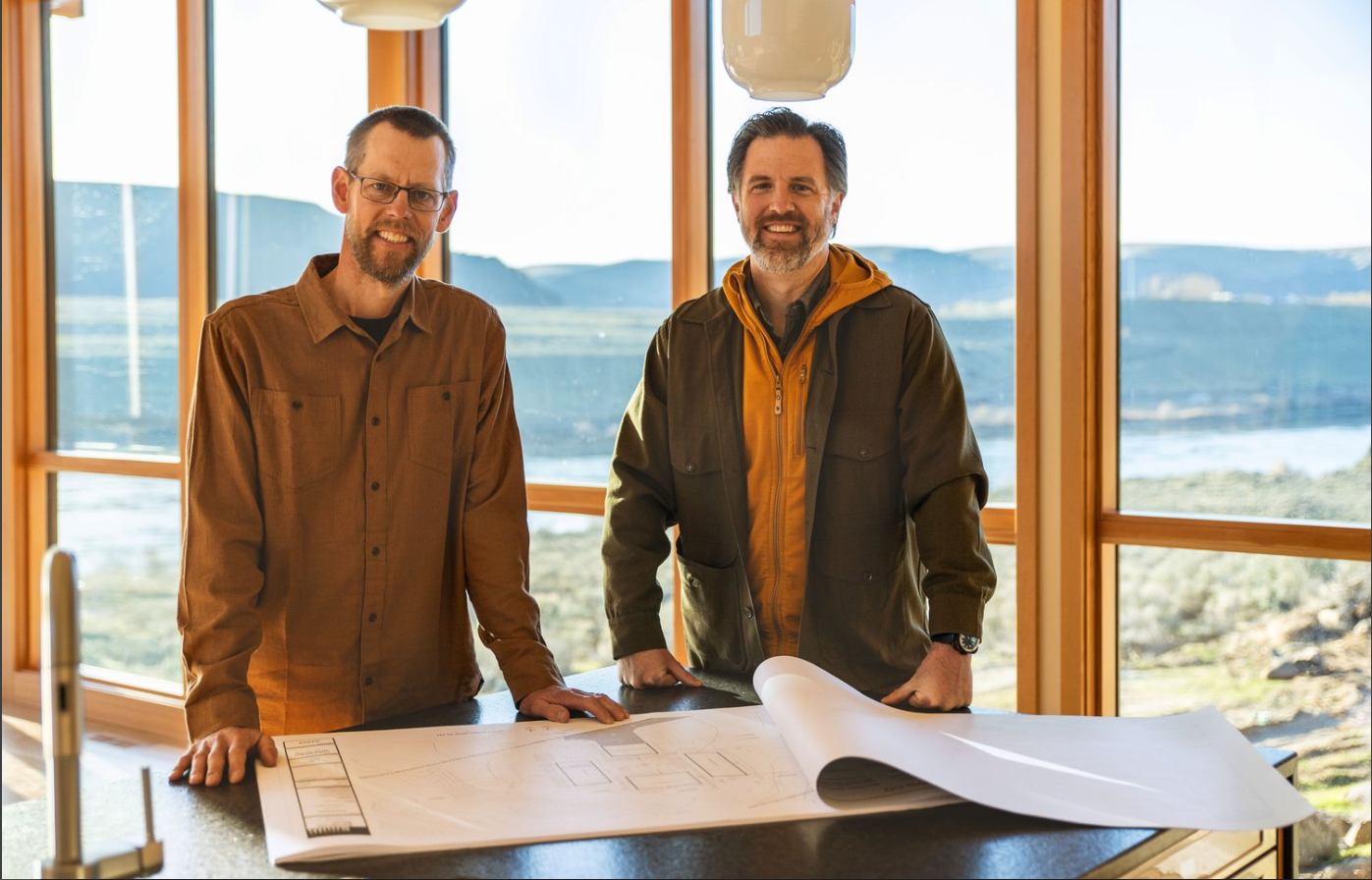Building Together: Part 2
The Role of Communication in a Successful Project
Welcome back to our four-part series, Building Together, where we explore the fundamental elements that contribute to a successful construction project. In Part 1, we examined why the Architect-Contractor-Client triad is essential for a seamless building process. Now, in Part 2, we will delve into the critical role of communication and how it underpins the success of any project.
Communication: The Glue That Holds the Project Together
At the core of every well-executed construction project lies effective communication. With multiple stakeholders involved, from architects and contractors to clients and subcontractors, clear and consistent dialogue ensures that expectations are met, potential issues are mitigated, and the project stays on track. Without strong communication, misunderstandings can lead to costly errors, delays, and frustration for all parties involved.
Setting the Foundation for Strong Communication
Successful projects begin with establishing clear communication protocols from the outset. Some key strategies include:
Regular Team Check-in’s: Depending on the complexity of the project weekly, biweekly, or even monthly meetings help ensure that everyone is aligned and that any concerns are addressed promptly. Not every meeting needs all the players involved so it is important to establish who the appropriate team members are in each instance.
Establish the Right Form of Communication: Some topics such as submittals are best communicated through emails, this allows for the appropriate documentation and tracking of questions and decisions. Other issues or RFIs (Requests for Information) may be easier to solve with a quick phone call followed by a coordinating email. While others may require the full team to assemble for a meeting to discuss pros and cons and come to a consensus.
Defined Response Times: Setting expectations for turnaround times on RFIs (Requests for Information) and submittals keeps the workflow moving efficiently and prevents bottlenecks.
Comprehensive Documentation: Meeting minutes, email summaries, and clearly defined action items help maintain accountability and prevent misinterpretation.
Setting expectations at the beginning of the project for communication protocols helps set the whole team up for successful problem resolution. Most topics will not be an emergency that needs to be addressed immediately, but inevitably there will be times that quick decision making is essential for the overall project timeline and budget. By being thoughtful and intentional regarding communication a team will have an established protocol for all communication needs and ideally keep the project on track.
Aligning Vision with Execution
Each project starts with a vision, and it is the role of the architect, contractor, and client to ensure that this vision is effectively translated into reality. Effective communication facilitates this process by:
Clarifying Design Intent: Architects create detailed plans, but the nuances of a design can sometimes be lost in translation. Open dialogue allows contractors to ask questions and ensure the design is accurately executed.
Encouraging Constructive Feedback: Contractors bring valuable real-world experience and practical insights that can improve design feasibility, optimize cost efficiency, and enhance constructability.
Managing Client Expectations: Frequent updates help clients stay informed about project progress, potential challenges, and any necessary modifications to the design or budget.
Problem-Solving Through Collaboration
Construction is an inherently dynamic process where unforeseen challenges can arise at any stage. Strong communication fosters a proactive approach to problem-solving, ensuring that issues are addressed efficiently and without disrupting the project timeline. When problems do emerge, the triad should:
Approach Issues with a Solution-Oriented Mindset: Rather than focusing on the problem itself, the team should explore multiple solutions and weigh their impact on cost, timeline, and design integrity.
Leverage Each Party’s Expertise: Architects, contractors, and clients each bring unique perspectives to the table. A collaborative approach ensures that the best possible solution is implemented.
Keep Transparency at the Forefront: Open discussions about challenges, delays, or budget concerns allow for better decision-making and help maintain trust among all stakeholders.
The Role of Technology in Enhancing Communication
Modern technology has significantly improved the way construction teams communicate. Some valuable tools include:
Building Information Modeling (BIM): Provides a shared digital representation of the project, helping all stakeholders visualize the design, detect conflicts, and improve coordination.
Video Conferencing: Allows all of the stakeholders to meet and share visual information regardless of their physical proximity to the project. Many of our projects have clients that do not reside locally, the ability to quickly and efficiently communicate in a visual way is an invaluable resource.
Email Communication: This is by no means a new technology but it is the undervalued workhorse for team communication throughout a project. The ability to pass along information to many individuals and allow for subsequent coordination and communication that is flexible allows projects to maintain timelines and alignment with the entire team.
Key Takeaways
Effective communication is the backbone of a successful construction project. It aligns vision, fosters collaboration, and mitigates risks.
Structured communication practices, including regular meetings and proper communication types, keep teams on the same page.
Collaboration between architects, contractors, and clients leads to innovative problem-solving and better project outcomes.
Leveraging technology enhances communication, ensuring efficiency and accuracy throughout the process.
Looking Ahead
In the next article, Building Together: Navigating Cost Estimation & Value Engineering as a Team, we will explore how financial planning and strategic decision-making help balance vision and budget, ensuring a cost-effective and high-quality build.
Stay tuned as we continue to uncover the key elements that contribute to a successful construction project and reinforce the strength of the Architect-Contractor-Client triad.
Sam Wade, Architect / Project Manager / LEED Green AssociateSyndicate SmithContact
